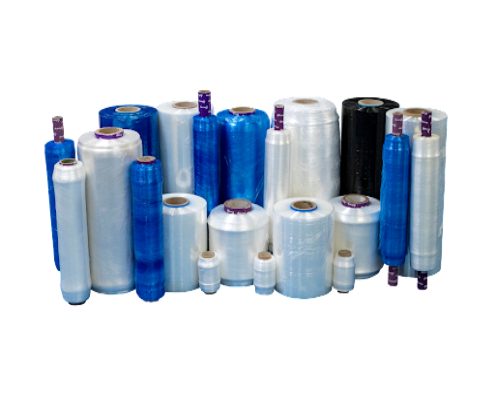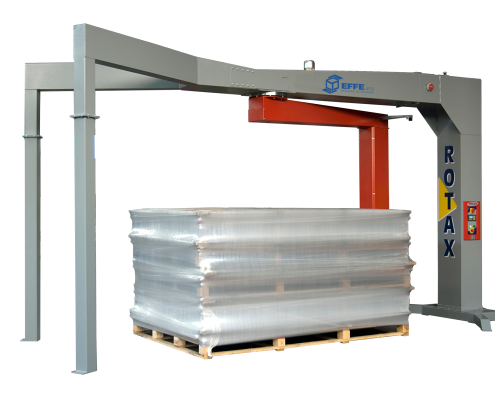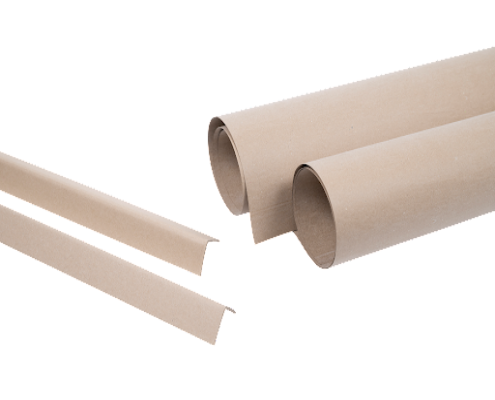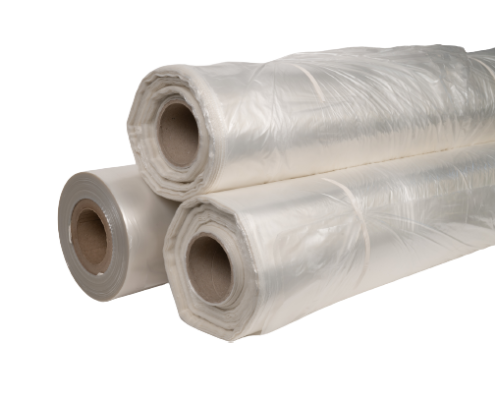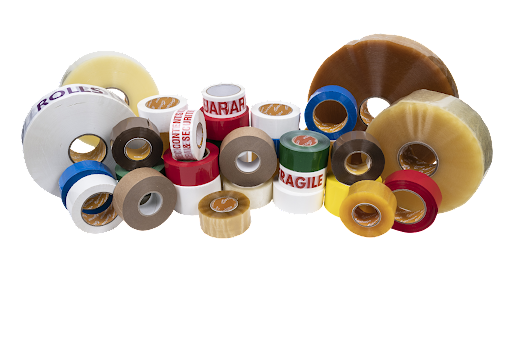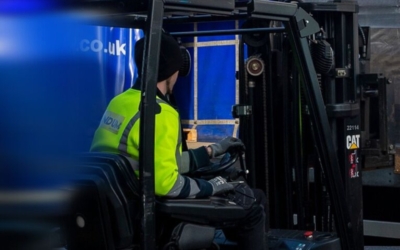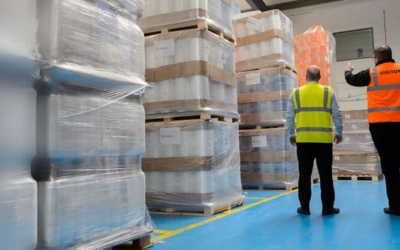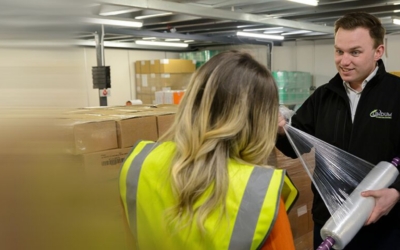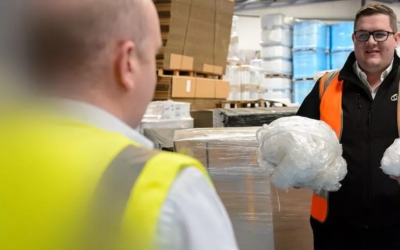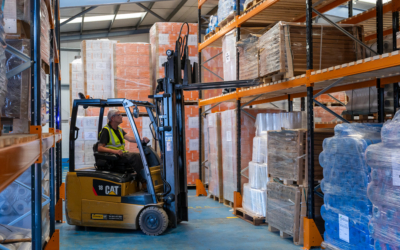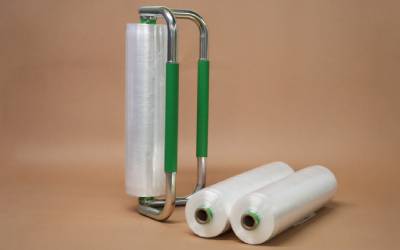Should you stretch pallet wrap to its maximum stretch potential?
In short no. In this blog we will explain why…
First it is important to understand the different terminology used to describe the stretch of pallet wrap:
- Elongation at break is the point at which the film snaps when stretched.
- Specified maximum stretch is the maximum stretch that the film will run at on your machine. This is also the stretch ratio that almost all pallet wrap companies quote as the stretch of their film.
- Application stretch is the optimal stretch ratio and the level at which the film will realistically run efficiently and effectively on you machine. This is the stretch ratio you should be aiming for.
Why don’t you stretch your film to the elongation at break?
This should be pretty obvious. If you are stretching your film to this point, it will snap and it will not run on your machines.
Why don’t you stretch your film to the specified maximum stretch?
Think about a car with a specified maximum top speed of 120mph. Even if the law permitted, you would not drive this fast everywhere. This is because when you come to an obstacle such as a sharp corner you would come off the road.
Similarly, if you are stretching a pallet wrap with a specified maximum stretch of 300% to 300%, if you hit an edge on the pallet or an awkward obtrusion, the film will snap. This is because it has very little stretch left in the film to compensate for this change. To counter this, we would recommend running a film with a specified maximum stretch of 300% at around 260-280% depending on the load you are wrapping. This is the application stretch.
Why do you stretch to the application stretch?
The application stretch will be somewhere just below the specified maximum stretch. This way there is still some stretch left in the film to compensate for and “changes in the road” or sharp edges. This will allow the film to run effectively without snapping and causing downtime.
Why don’t you stretch to a point below the application stretch?
If you are stretching you film to a ratio below the application stretch, this film will most likely run without snapping issues, but it will not be an efficient use of resources. By doing this you are using more stretch wrap per pallet than necessary which increases both costs and plastic waste.
The trick is to find the point at which your film runs without constantly snapping has had the majority of the stretch taken out of it. You can tell whether the film is stretched enough as visually the wrap should look tight and shouldn’t sag. Another tip is to hold the top edge of the film on the wrapped pallet between the thumb and forefinger of both your hands and stretch it – it should not stretch far but still have a little stretch left in it and not tear as soon as you pull on it.
If you are stretching your film to its application stretch, it’s optimal stretch you will see improved efficiency and reduce the risk of downtime due to snapping. Our team of packaging experts are always on hand to advise on your transit packaging processes, should you have and queries or problems then get in touch and we will help you improve the effectiveness and efficiency of your business operations.

